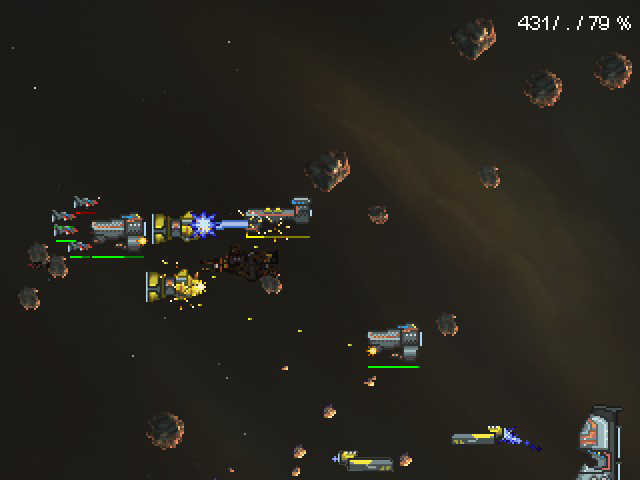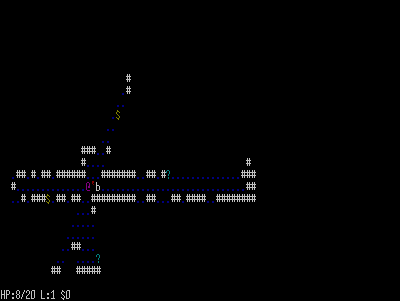After I mentioned Mike McShaffry’s Game Coding Complete in an earlier post, a lot of people were complaining that the only copies they could get were used ones for $100 or more.
Well, despair no longer! Not only is the book available again, it’s in a spiffy new edition. This time, Mr. Mike has collaborated with other programmer/writers on various subjects. It’s almost like an edition of Game Programming Gems, but it covers game engine creation from the ground up.
And Amazon currently has it for less than $40.
If only I weren’t completely broke…






